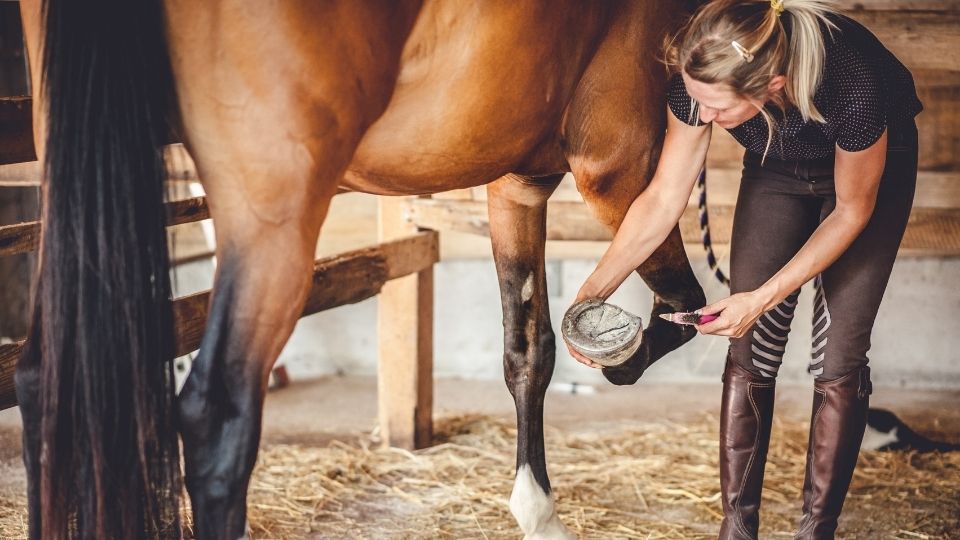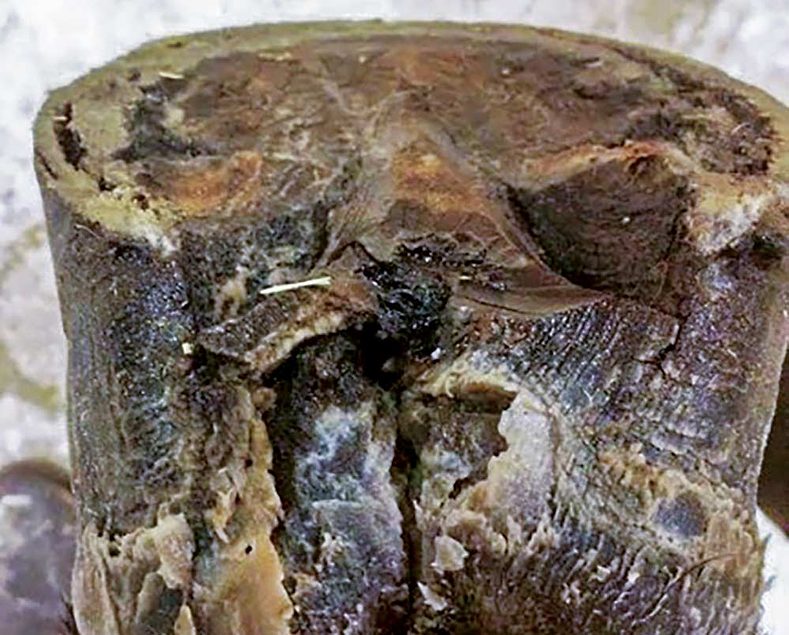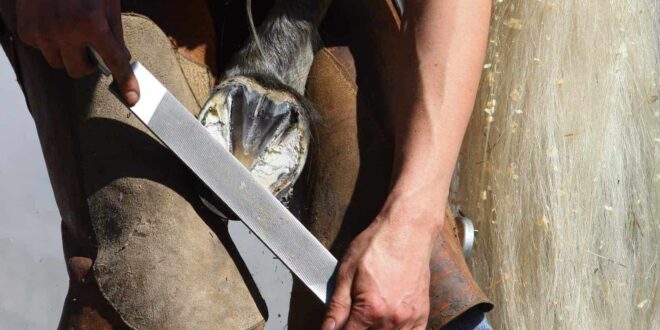Proper hoof care is essential for the overall health and well-being of horses. One common issue that can arise from neglecting hoof care is thrush, a bacterial infection that affects the frog of the hoof. To prevent thrush, it is important to maintain regular trimming schedules for hooves.
However, the frequency at which hooves should be trimmed can vary depending on the individual horse and its specific needs. By understanding the factors that influence hoof growth and wear, horse owners can determine the most appropriate trimming schedule to prevent thrush and promote healthy hooves.
Importance of Regular Hoof Trimming

Regular hoof trimming is essential for maintaining the overall health and well-being of horses. It helps prevent issues such as thrush, which is a common bacterial infection that affects the hoof. By trimming the hooves on a regular basis, excess moisture and debris are removed, reducing the risk of thrush developing.
Additionally, regular trimming helps to maintain proper hoof shape and balance, which is crucial for a horses comfort and performance. Neglecting hoof care can lead to serious consequences, so it is important to schedule regular trimming appointments with a qualified farrier to ensure the health of your horses hooves.
Signs and Symptoms of Thrush

Thrush is a common hoof condition in horses that can be easily identified by certain signs and symptoms. Some of the most common indicators of thrush include a foul odor emanating from the hoof, black or gray discharge from the frog, sensitivity to hoof picking or pressure, and even lameness in severe cases.
It is important for horse owners to regularly inspect their horses hooves for any of these signs and symptoms to catch thrush early and prevent it from progressing. Regular hoof maintenance, such as trimming and cleaning, can help reduce the risk of thrush developing in the first place.
Factors Affecting Frequency of Hoof Trimming

Several factors can affect the frequency at which hooves should be trimmed to prevent thrush in horses. One important factor to consider is the horses natural hoof growth rate, as some horses may need more frequent trimming than others. Additionally, the horses level of activity and the terrain on which it is regularly exercised can play a role in how quickly the hooves grow and wear down.
The quality of the horses diet and overall health can also impact the health of the hooves, with nutritional deficiencies potentially leading to slower hoof growth or weaker hoof structures. Consulting with a veterinarian or farrier can help determine the best trimming schedule for each individual horse based on these factors.
Conclusion
In conclusion, maintaining proper hoof care is crucial in preventing thrush in horses. Regular trimming, cleaning, and inspection of hooves are essential to keep them healthy and free from infection. Hooves should be trimmed every 6-8 weeks to prevent the development of thrush.
In addition to proper trimming, it is important to address any signs of thrush promptly with appropriate Horse Thrush Treatment to prevent further spread of the infection. By staying proactive with hoof care, horse owners can help their horses stay healthy and comfortable.
 HQ Grande Prairie HQ Grandie Prairie is an online news portal aimed at providing latest day to day happenings of the World to its viewers.
HQ Grande Prairie HQ Grandie Prairie is an online news portal aimed at providing latest day to day happenings of the World to its viewers.

